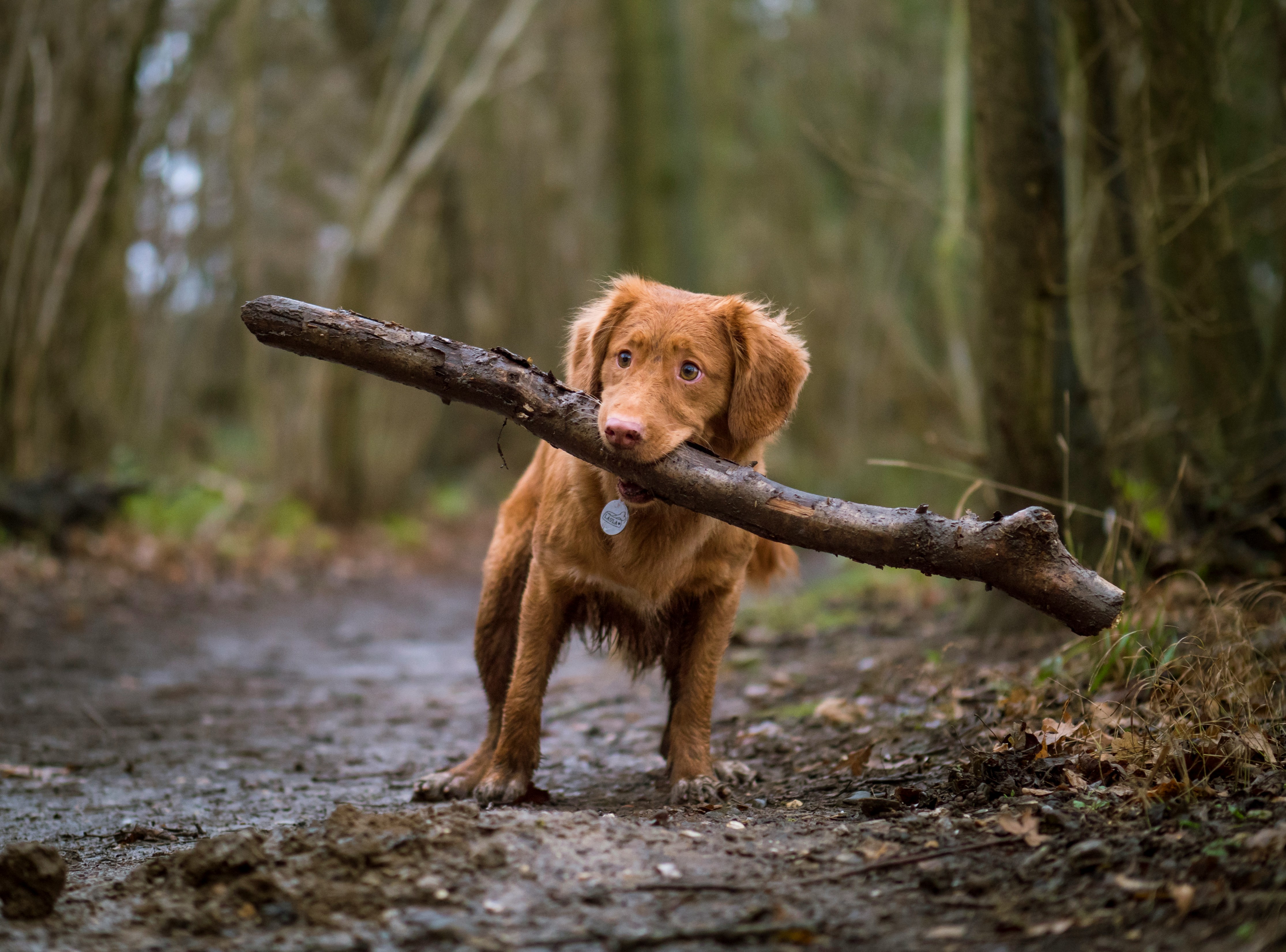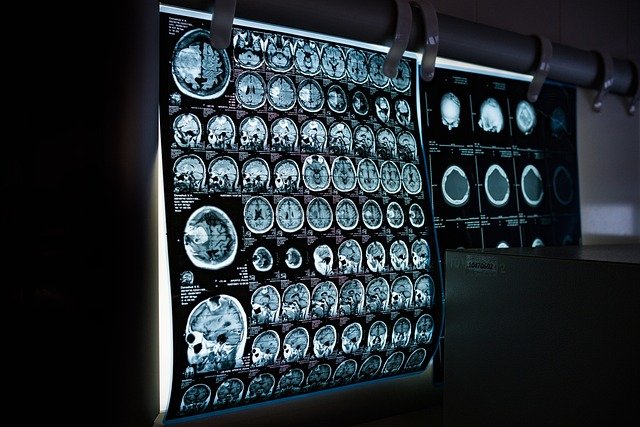Discovering the Unseen Heroes: Working Dogs in Conservation
In the vast realm of animal workforces, one group stands out for its unique role in preserving our planet's biodiversity. These are the conservation dogs, skilled canines trained to track and detect wildlife and plant species. Their invaluable contribution to conservation efforts is an engaging blend of science, training, and canine instinct.

Setting the Scene: Working Dogs in Conservation
Working dogs have been employed for centuries, assisting humans in myriad tasks. From herding livestock to assisting the disabled, their versatility is impressive. However, it was only in the 1990s that their potential for conservation work truly began to be explored. Conservation dogs are trained to locate specific species, whether by finding scat, detecting live animals, or locating plants. Their acute sense of smell, far superior to our own, makes them perfect for this role.
Canine Conservationists: Current Roles and Responsibilities
The roles of conservation dogs are as diverse as the flora and fauna they protect. Some are trained to detect invasive species, helping to protect delicate ecosystems from out-of-place intruders. Others locate endangered species, allowing scientists to track populations and study them without causing disruption. There are even dogs that sniff out illegal wildlife products at border controls, assisting in the fight against the illegal wildlife trade.
The Impact of Canine Conservationists: Case Studies
Conservation dogs have made a significant impact in various conservation projects around the world. For example, in New Zealand, these dogs have been instrumental in the fight against invasive species, locating pests that threaten the unique local biodiversity. In Africa, dogs have been trained to locate elephant ivory and rhino horn, contributing to the fight against poaching.
The Market of Conservation Dogs: Value and Cost
The cost of a fully trained conservation dog can range between $5,000 and $10,000. This price reflects the intensive training that these dogs undergo, often beginning when they are puppies. Despite the costs, the value these dogs provide in achieving conservation goals is immeasurable. Their ability to locate and identify species quickly and accurately can save significant time and resources, making them a worthwhile investment for many conservation projects.
The Future of Canine Conservationists: What’s Next?
The future for conservation dogs looks promising. As the challenges of biodiversity loss and invasive species continue to mount, the need for these specialized canines is likely to grow. Advancements in training methods and an increased understanding of canine abilities mean that the potential roles for these dogs in conservation are expanding. From detecting diseases in bee hives to finding rare fungi, there’s no telling what these incredible canines might do next.
In conclusion, conservation dogs are unsung heroes in the fight to preserve our planet’s biodiversity. Their unique abilities provide us with an innovative and effective tool in the field of conservation. As we continue to face environmental challenges, these canine conservationists will undoubtedly play a crucial role in our efforts to protect the natural world.



